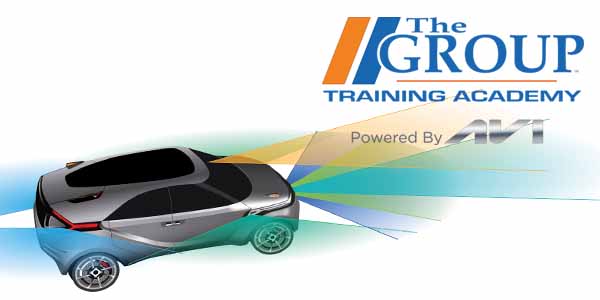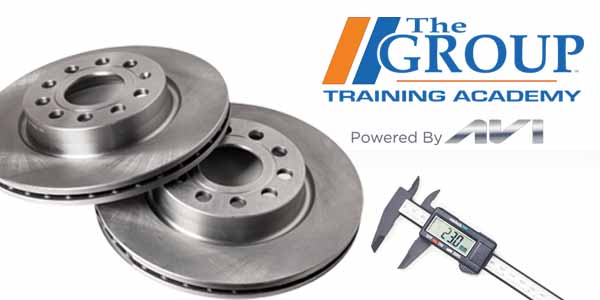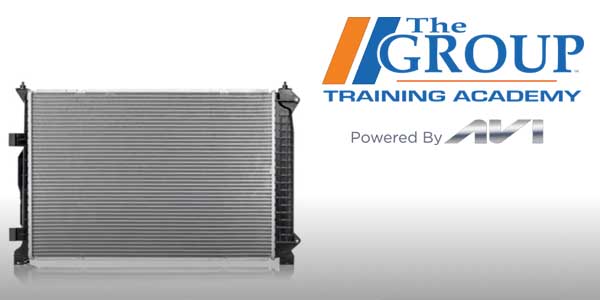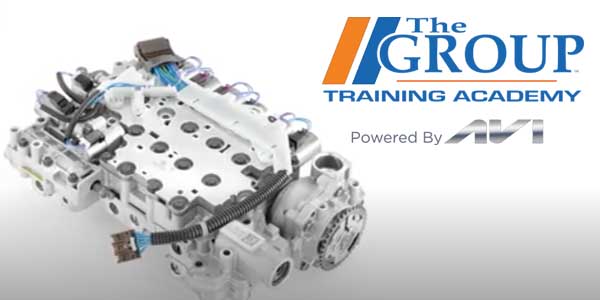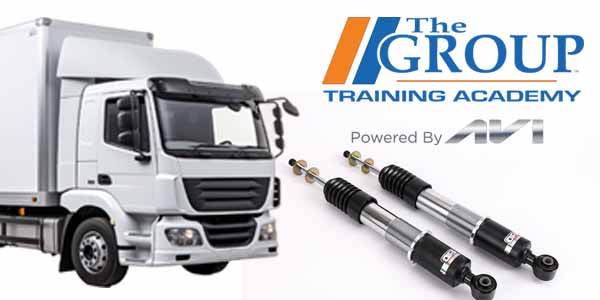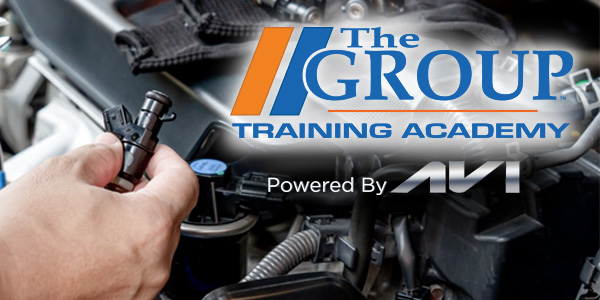CC:
Continuously variable transmissions or CVTs offer a seamless driving experience by using a belt and pulley system to provide an infinite range of gear ratios. Unlike traditional automatic transmissions that have a fixed number of cure ratios, cbts can adjust to any situation without the noticeable gear shifts, allowing the engine to operate at its most efficient RPM for a range of vehicle speeds. While cbts provide some unique benefits to drivers who don’t enjoy the sound or sensation of their vehicle changing gears, they also provide some unique challenges to your DIFM customers who work on them. For example, if a transmission doesn’t have any gears, how do you know if it is shifting smoothly or slipping? The answer is to not go on, feel, or compare it to an automatic transmission. The secret is for the technician to trust their scan tool more than the test drive. A CVT transmission has a multitude of sensors inside and on the case.
These sensors measure the speed of the variate positions of the step promoters solenoids, along with temperatures and pressures. Data. The control system works hand in hand with the engine control module to ensure the gear ratio is correct for the load and speed. Think about a slipping transmission. When a technician is test driving a vehicle, the slipping of the transmission can be felt as a flare of engine RPM and the lack of acceleration. So how does the transmission control module sense slipping of A CBT transmission? If the problem is a slipping belt or chain, it will look at the engine RPM and the speed sensors on the input and output variate. The transmission control module knows the commanded position of the vari. If the chain or belt slips, the speed of the input will not match the expected speed of the output ator. This discrepancy would cause the transmission control module to set a code.
Some codes will use the word plausibility error in the code descriptions when these problems occur, and the same is true with a shutter in the transmission. The transmission control module will look at the crankshaft position and its sensor on the input and output pulleys. It will also look at the actions of the solenoids to decide to adjust shifts or set a code. Think of it as a misfire monitor for shifts. Plausibility error codes can also be set if the forward or reverse clutches do not perform as expected. The torque converter lockup clutch can also set plausibility codes. Plausibility codes can be a sudden engagement of the clutches because there are multiple sensors that detect the rotational speeds of the inputs and outputs. As for codes, technician will notice that sequence of letters and numbers start with P indicating a powertrain code and have a one or two or other numbers. Next, these numbers indicate as a proprietary code that is typically unique to the manufacturer and the CVT transmission. Some codes might have letters in the third or fourth position to decipher these codes. They’ll need service information or a scan tool with the correct software to interpret the name of the code. Thanks for watching.
This video is sponsored by The Group Training Academy.

